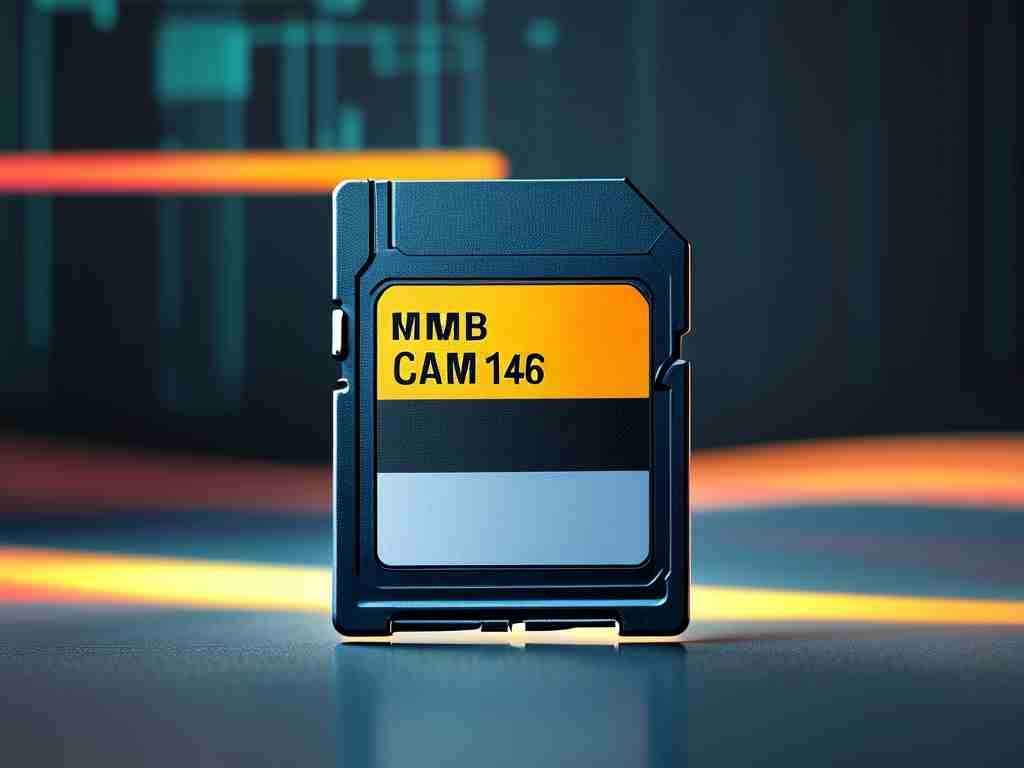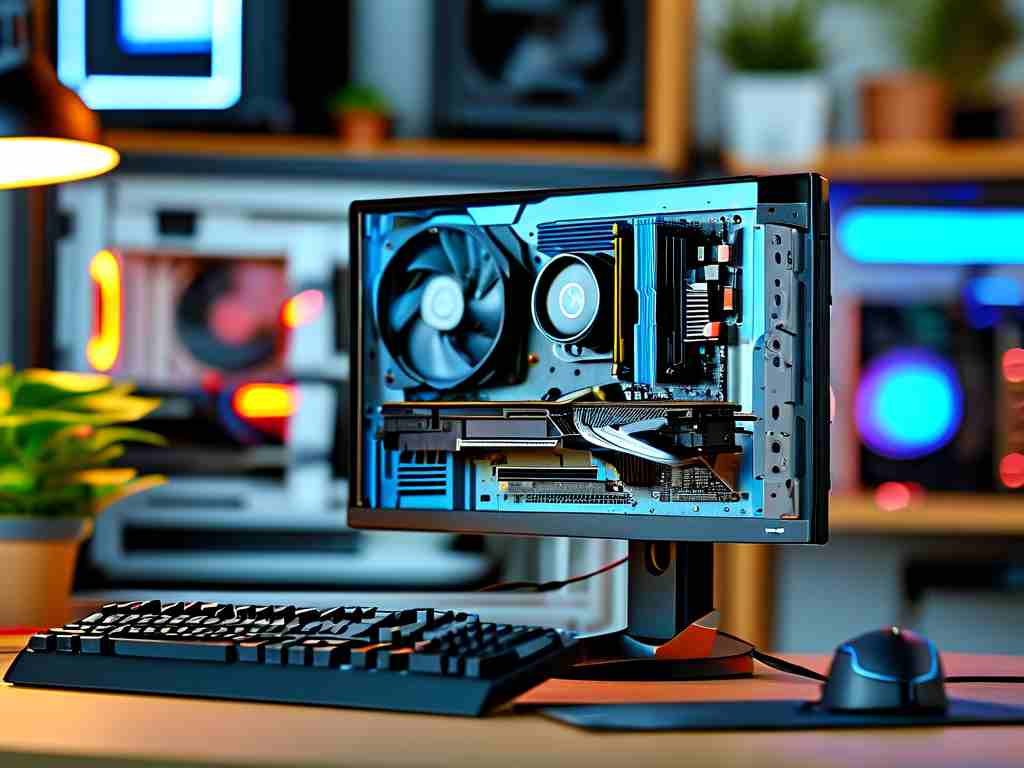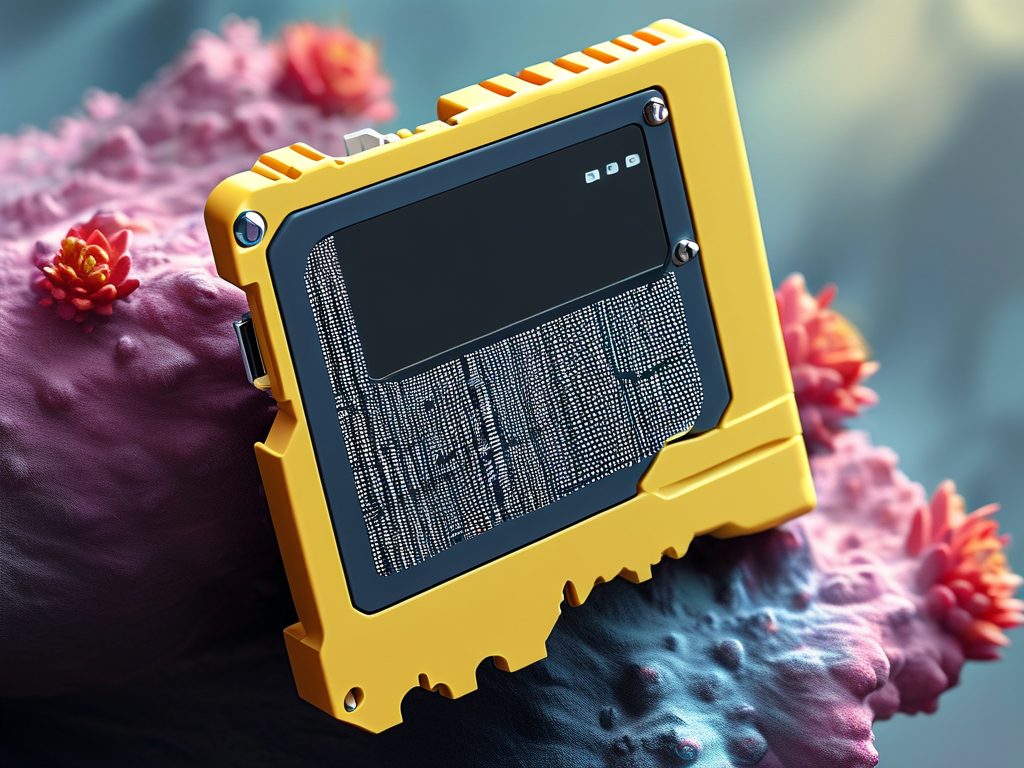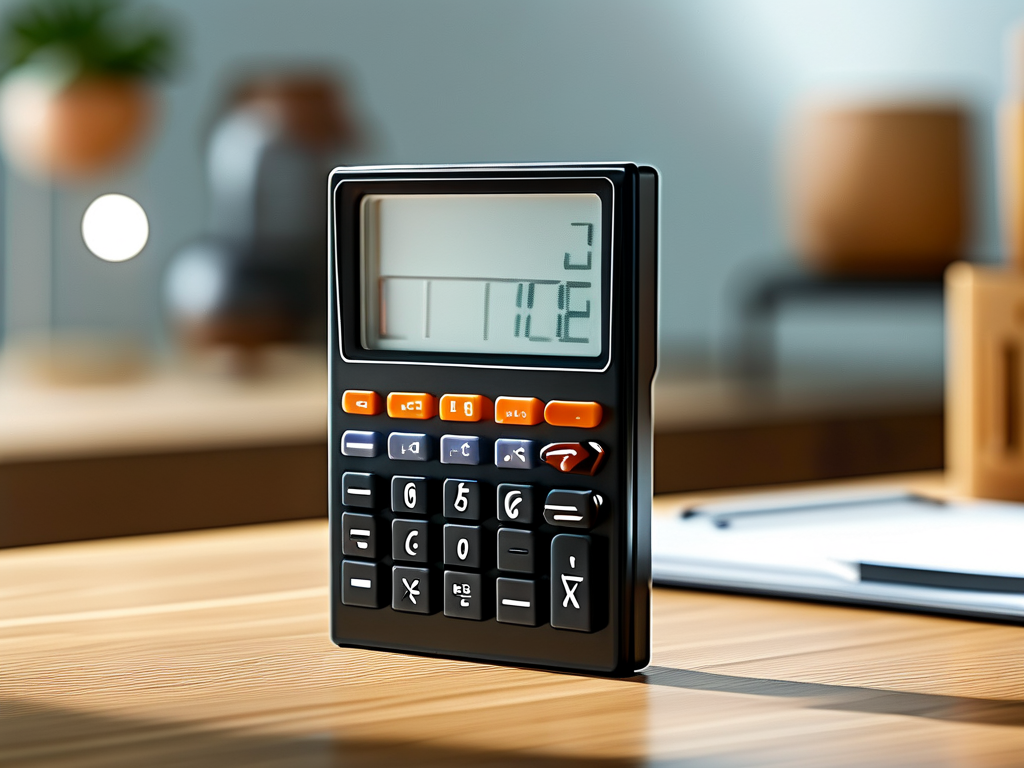Casio scientific calculators are widely used by students, engineers, and professionals for complex calculations. However, users occasionally encounter memory overflow errors, which disrupt workflows and cause frustration. This article explores the causes, symptoms, and practical solutions for resolving memory-related issues on Casio devices.

Understanding Memory Overflow
Memory overflow occurs when a calculator’s storage capacity is exceeded during computations. Casio models like the fx-9860GII or fx-CG50 have limited RAM dedicated to storing variables, equations, or program data. When executing resource-intensive tasks—such as recursive calculations, large matrices, or lengthy user-defined programs—the device may display errors like "Memory ERROR" or freeze entirely. For example, solving a system of 10 equations with 10 variables might trigger this issue on older models due to insufficient allocation for temporary data storage.
Common Triggers
- Complex Computations: Operations involving high-order integrals, statistical datasets with thousands of points, or symbolic algebra can strain memory.
- Program Loops: Recursive functions without exit conditions or infinite loops in user-created programs (e.g., BASIC scripts) may consume RAM indefinitely.
- Data Accumulation: Storing too many variables, graphs, or text strings without clearing unused data gradually reduces available memory.
Symptoms of Memory Issues
Users might notice delayed responses, abrupt restarts, or error messages during calculations. In severe cases, the calculator’s display blanks out, requiring a manual reset. Educators have reported instances where students lost exam progress due to unanticipated crashes during graphing tasks.
Step-by-Step Solutions
Reset Memory Safely
To clear temporary data without losing critical programs:
- Press
SHIFT+9(CLR) and select "All Memories" > "Yes." - For targeted cleanup, navigate to the MEMORY menu and delete specific variables or applications.
Optimize Programming Practices
Avoid memory leaks in custom programs by:
- Initializing variables before loops.
- Using
GotoandLblsparingly to prevent stack overflow. - Adding error-handling routines like
If-Thenchecks to halt infinite iterations.
Adjust Calculation Methods
Simplify equations or break them into smaller steps. For instance, instead of solving a 10x10 matrix at once, process submatrices individually. For graphing, reduce the plot range or lower the resolution in the SETUP menu.
Update Firmware
Outdated system software may have unpatched memory bugs. Connect the calculator to a PC via USB and use Casio’s FA-124 software to install the latest firmware, which often includes performance optimizations.
Preventive Measures
- Regularly clear caches and unused apps.
- Avoid installing unnecessary third-party add-ins.
- Use cloud storage or SD cards (on supported models) to offload large datasets.
When Hardware Limits Matter
Older Casio calculators, such as the fx-9750GII, have only 64 KB of RAM. For advanced tasks like 3D graphing or Python scripting (on newer models), consider upgrading to devices with expanded memory, such as the fx-CG500 PRIZM.
Real-World Case Study
A university engineering lab encountered recurring memory errors while simulating electrical circuits on fx-991EX models. By switching to iterative calculation modes and disabling redundant variable storage, the team reduced overflow incidents by 70%.
In summary, memory management is critical for maximizing Casio calculator performance. Proactive maintenance, efficient coding, and hardware awareness ensure seamless operation for academic and professional tasks.









